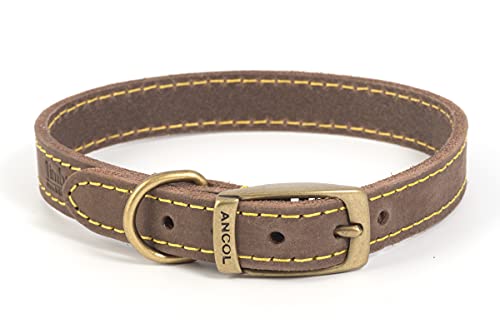What is the purpose of a dog collar?
A dog collar is an essential item that most pet owners use to provide identification tags, control their pet during walks, and prevent them from running into dangerous situations. The majority of pet collars come with an adjustable buckle, making it possible for owners to fit the collar sizes according to their pet’s neck size. For safety reasons, it’s essential to ensure that the collar is not too tight or too loose.
What’s the right tightness for a dog collar?
The general rule when tightening a dog’s collar is to allow an owner to fit two fingers of equal thickness between the pet’s skin and the collar. The collar should not be too tight that it chokes the dog’s neck or too loose that it slides over the pet’s head. In addition, it’s vital to recognize that the adjustment might vary with the dog’s breed, age, and size.
What are the dangers of a tight dog collar?
A tight dog collar may pose a severe risk, and it’s vital to monitor your pet’s collar keeness continually. When a collar is too tight, it can cause skin irritation or fur loss. It could lead to your dog experiencing discomfort, suffocation, and injury. In cases where the collar is left on for extended periods, it may penetrate the skin and cause a wound or infection that would require medical attention.
What are the dangers of a loose dog collar?
A loose dog collar is equally dangerous as one that’s too tight. The slack could lead to your pet slipping out, leaving them vulnerable to being hit by oncoming traffic or suffering from internal injuries due to being caught on a fence or other objects. A loose collar also puts your dog in danger since it can be strangled or cause physical damage to airways if it gets caught in their mouth.
What should I do if I’m unsure if the collar is too tight or too loose?
If you’re uncertain about the tightness of your dog’s collar, it’s advisable to consult a veterinarian or an expert in pet collar fitting. They can help you determine the right size and type of collar to use, depending on your dog’s breed, age, and activities. They can also give you tips on how to check the tightness of your pet’s collar as well as how to inspect for signs of irritation or injury.






